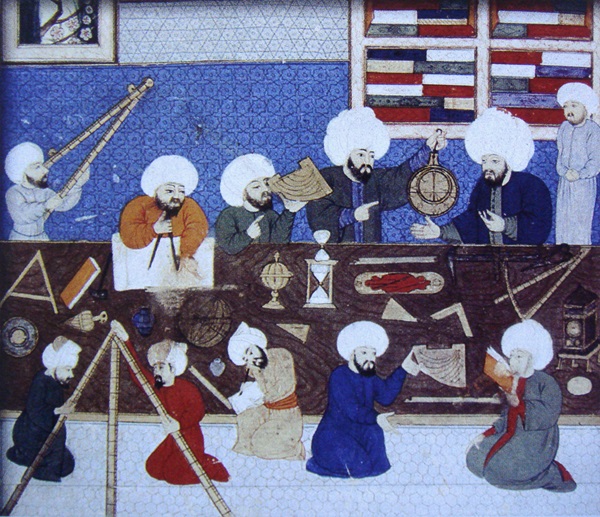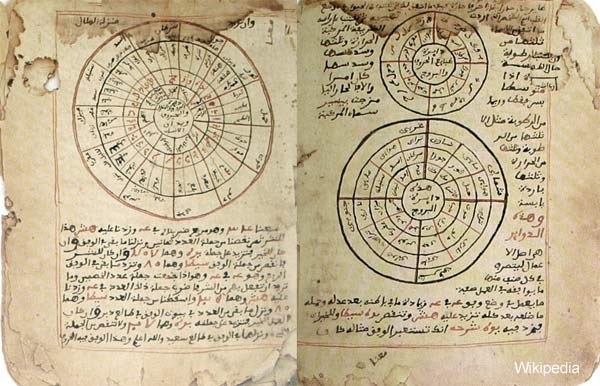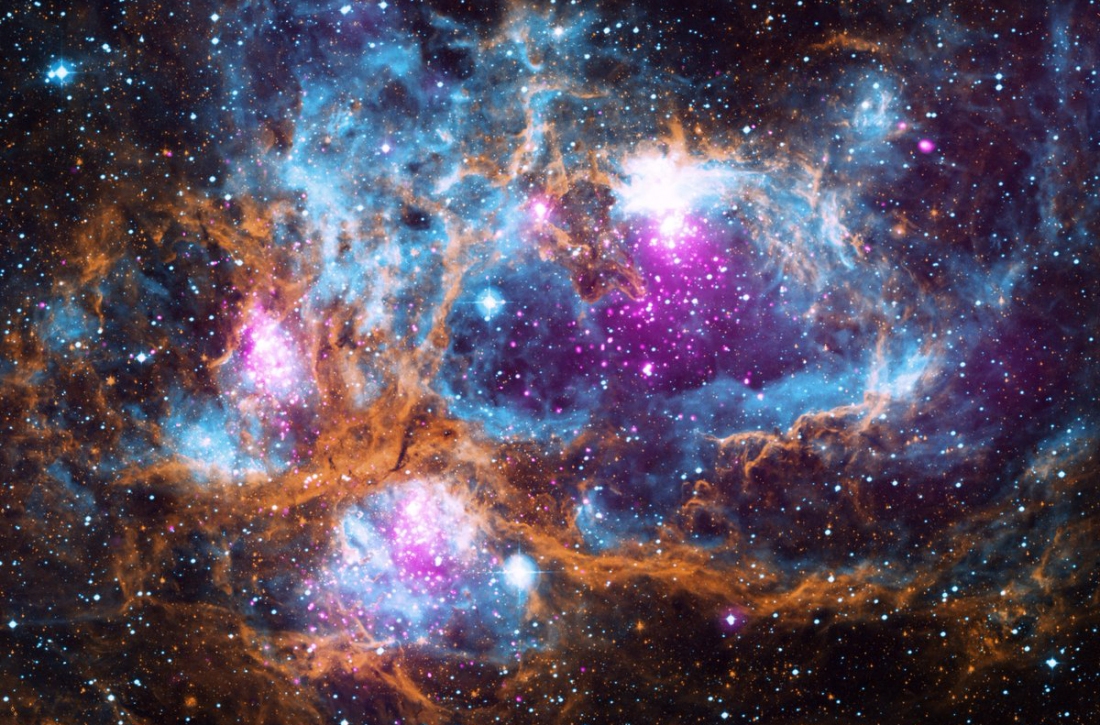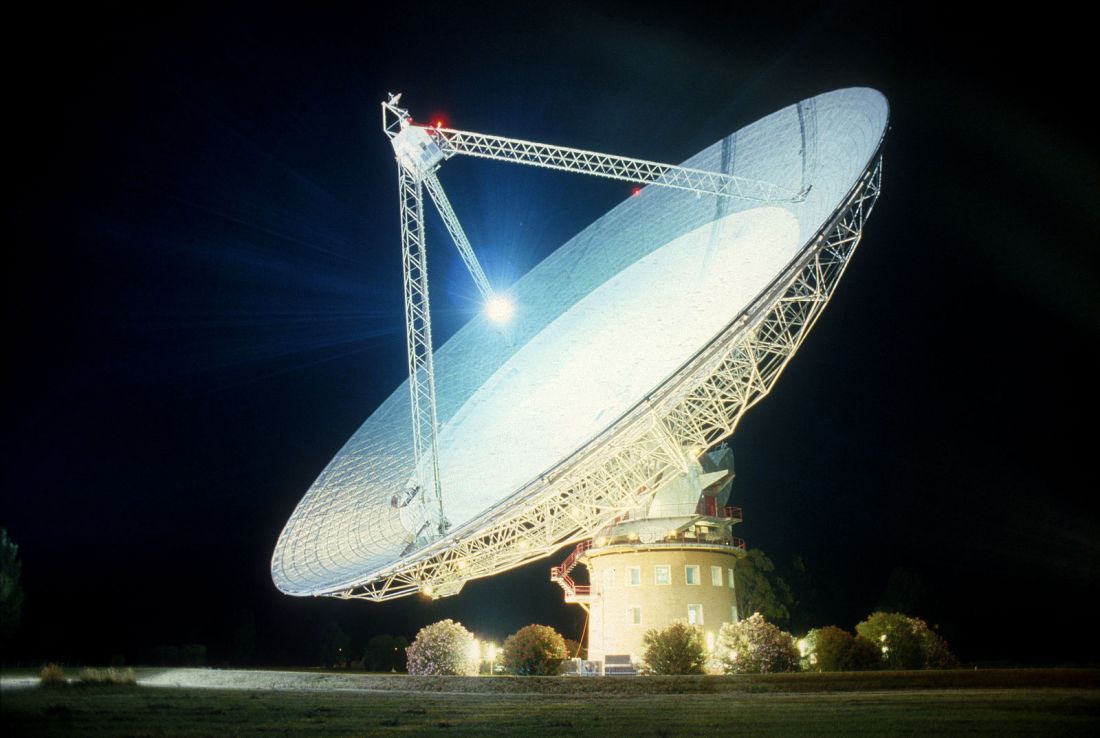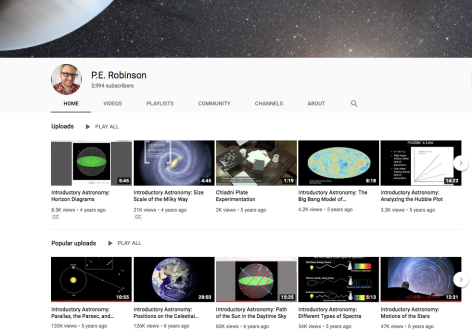Newton’s universal law of gravitation is a fundamental aspect of modern science. The law states that every mass is attracted to every other mass through a force known as gravity. The strength of the gravitational force between any two objects is directly proportional to the product of their masses, which means that increasing the mass of one object increases the gravitational force between both objects. The force of gravity between two objects is also inversely proportional to the the square of the distance between two objects, therefore the force of gravity decreases as the distance between the two masses increases. Newton’s law of gravity extends to Kepler’s laws, as the inverse square law for gravity leads directly to elliptical orbits for planets orbiting the Sun. Newton showed that two objects attracted by gravity both orbit their common center of mass, which is the point representing the average position of mass between the two objects. For example, in a binary star system with both stars of equal mass, the center of mass lies directly between the two objects therefore the stars would orbit around themselves. However, in our Solar System, since the Sun is so much more massive than planets, the center of mass between the Sun and any planet lies inside the Sun, and as a result the planets orbit around the Sun. Prior to Newton, many people saw Kepler’s planetary model for our Solar System as just another theory. By explaining Kepler’s complex laws in terms of basic laws of physics, Newton was able fully legitimize Kepler’s theory and thus convince the world of a heliocentric Solar System.


